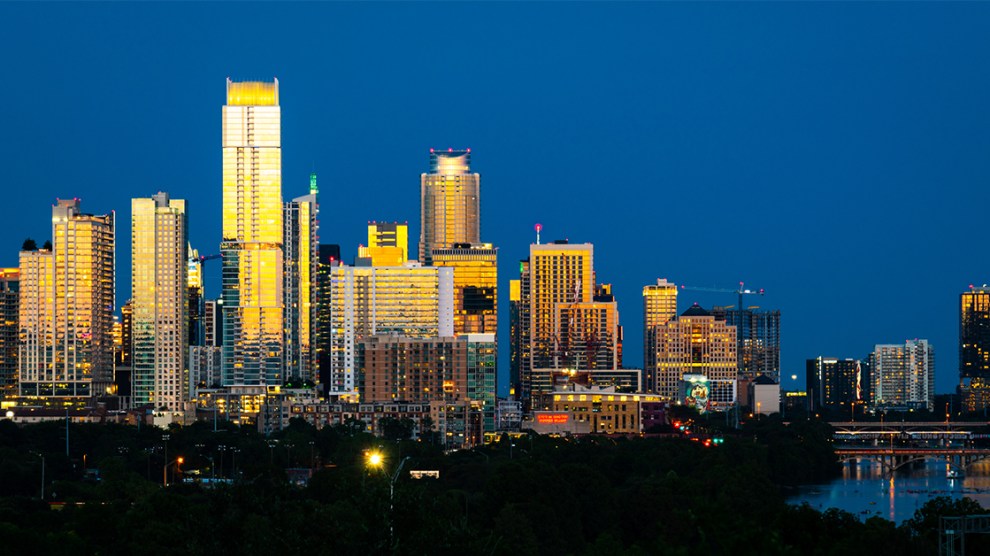Vaccine Offers Hope But Uncertainty Still Looms
The national average full-service equivalent listing rate fell 11 cents in November from the previous month to $38.00 per square foot. The national vacancy rate increased 40 basis points to 13.8%.
With vaccines for the novel coronavirus starting to roll out and up to 95% effective, the office industry should feel better about its long-term prospects. However, there are still concerns that will make the road bumpy over the next couple of years. The economy has been battered by the virus and will not immediately rebound to its pre-COVID trajectory once the majority of Americans have been vaccinated. Further, there is a question as to how many Americans will take a vaccine, with less than two-thirds of poll respondents saying they will get vaccinated. Many questions will need to be answered in coming months: Can and will employers require their workers to be vaccinated before returning to work? How will liability be handled if vaccine acceptance isn’t widespread? How does this influence decision makers determining when, or if, their firms will return to the office?
Many in the commercial office sector expect that the COVID-19 pandemic will reverse the decade-plus-long trend of densification and urbanization, leading to a rebirth of the suburban office. While it may be a long time before we know exactly how the coronavirus shifted the preferences of the modern worker, there were signs the suburbs were primed for a comeback before this year. Millennials are aging, with the oldest turning 40 soon, and many are forming families that will have different needs than the live-work-play balance developers previously targeted. Autonomous vehicles and remote work software were existential threats to the city center before the pandemic, and the health crisis may accelerate these trends, raising further questions about future demand for office space. One hint that this shift back to the suburbs was already underway before COVID can be found in Austin, the hottest market for new development. While 79% of Austin’s office stock is suburban, only 33% of square feet under construction are in the suburbs. As with many cities, the urban core and commercial business district saw large-scale revitalization in the last decade, a trend that is still playing out, with new buildings and construction cranes dotting the skyline. Despite the concentration of properties under construction in the urban center, the vast majority of Austin’s planned stock (77%) is in suburban submarkets, and most of these properties were being planned before developers started fretting that the pandemic would permanently alter attitudes toward dense urban locations.
Read the full CommercialEdge Office National Report-December 2020











Add Comment